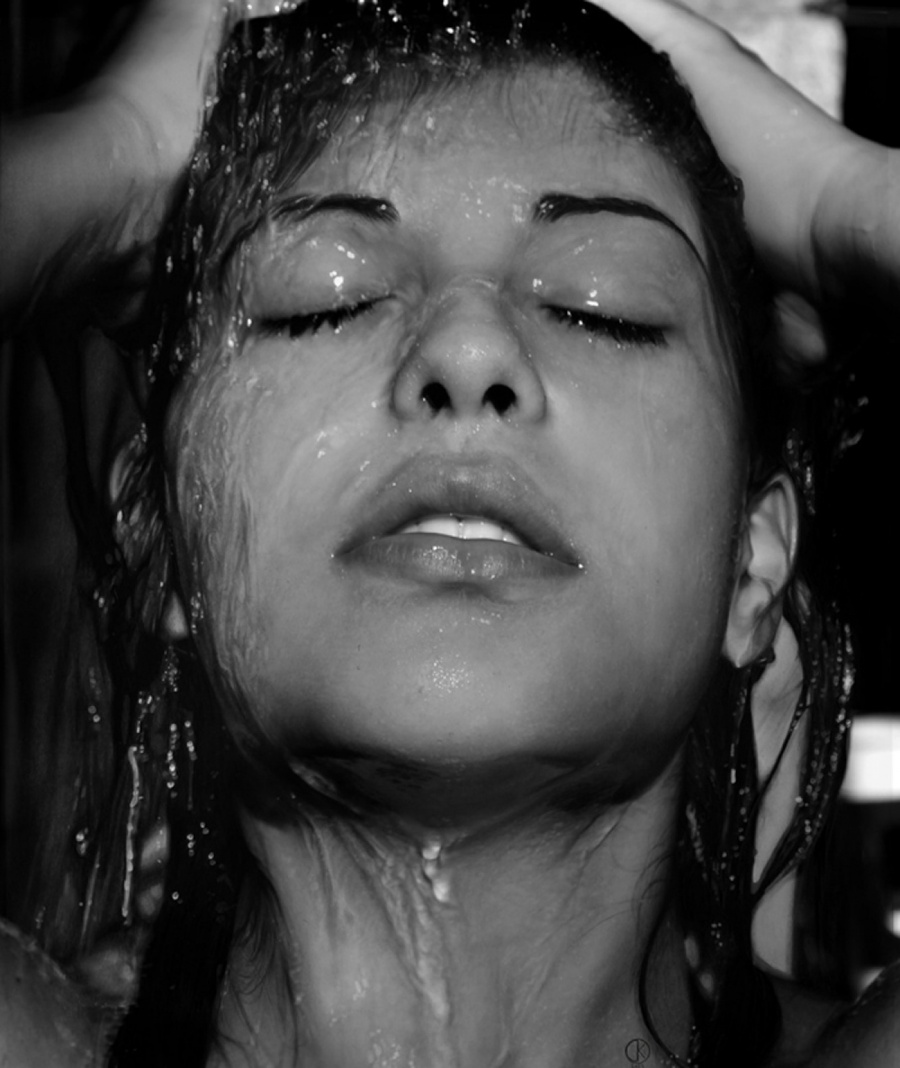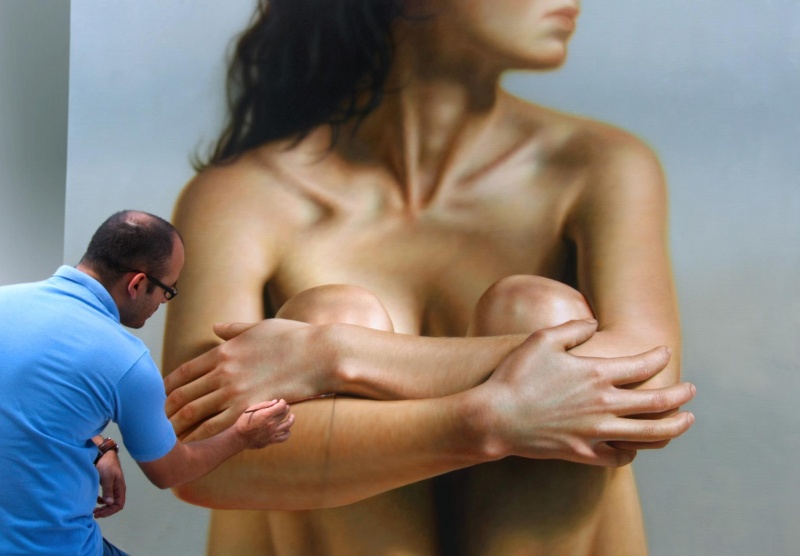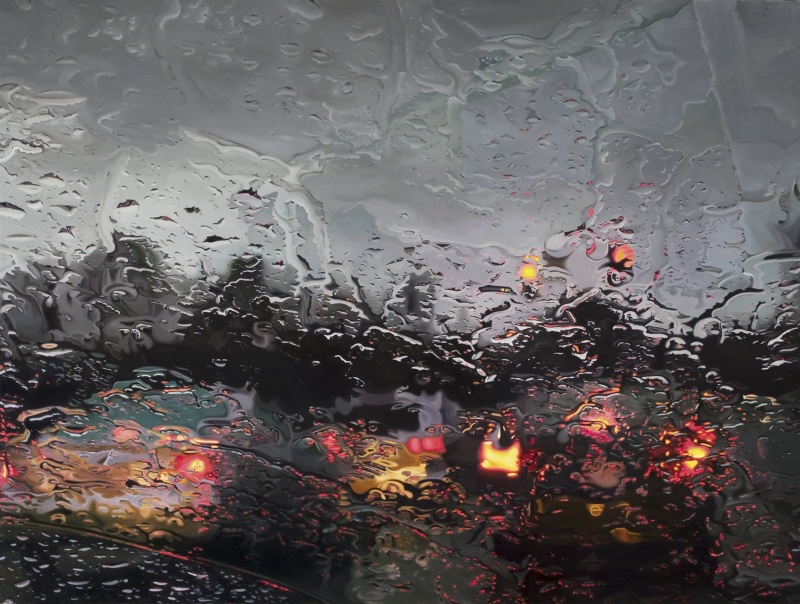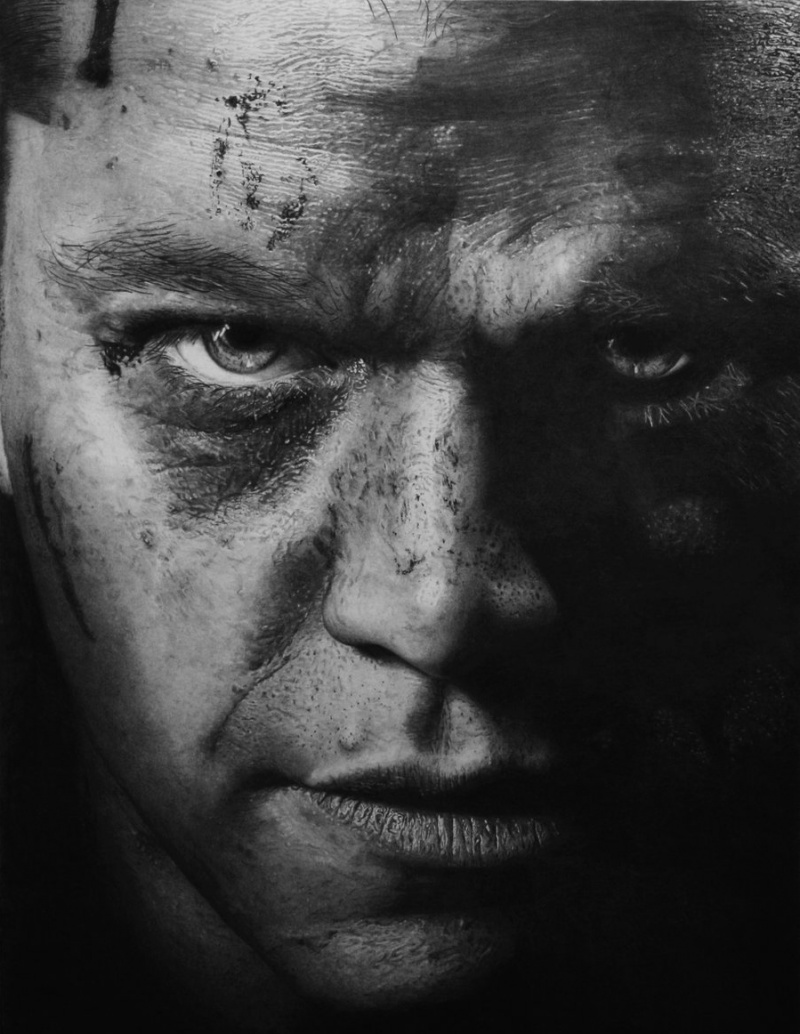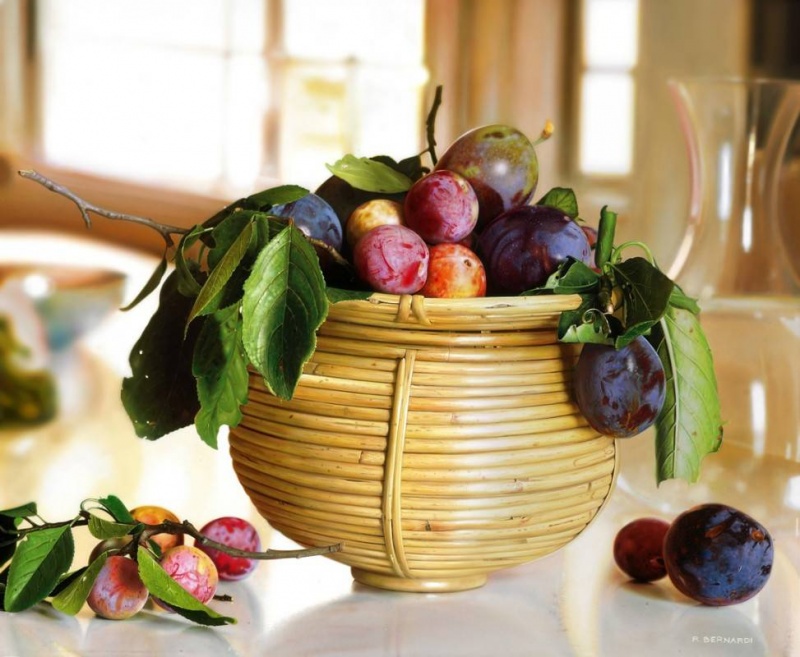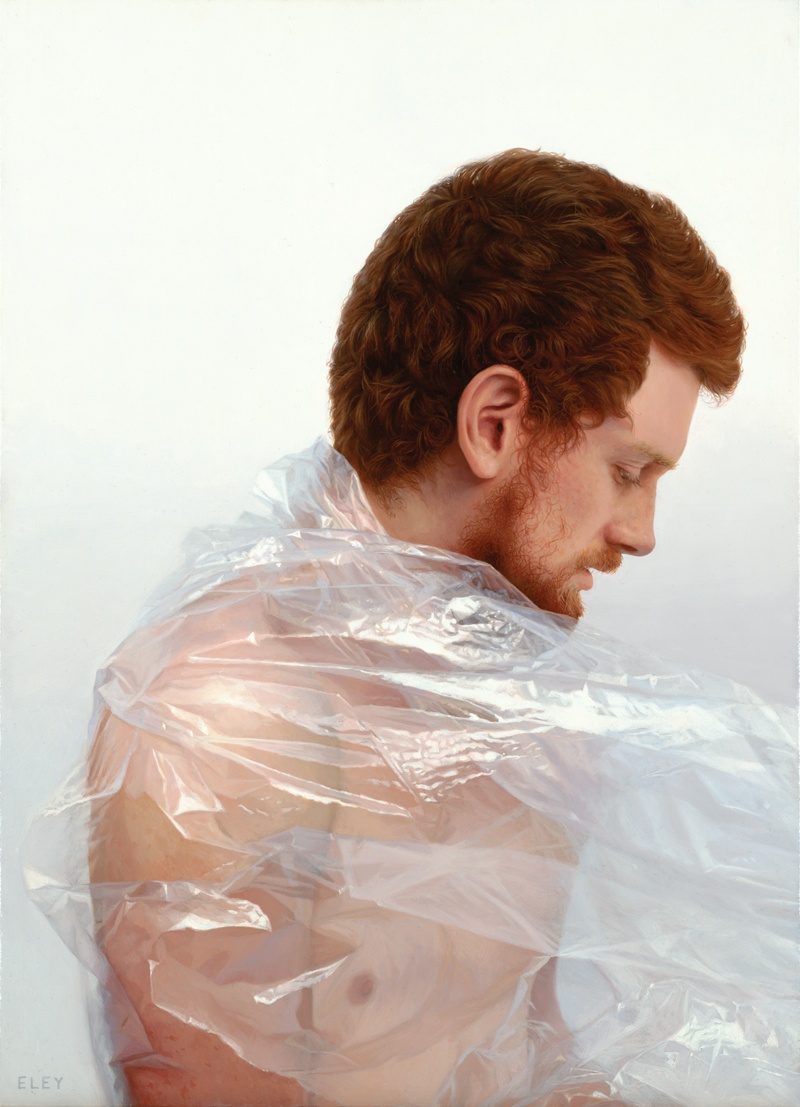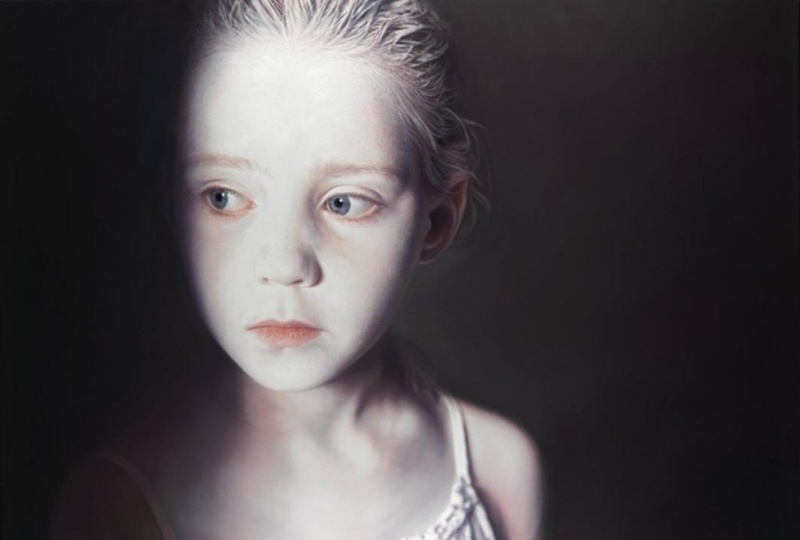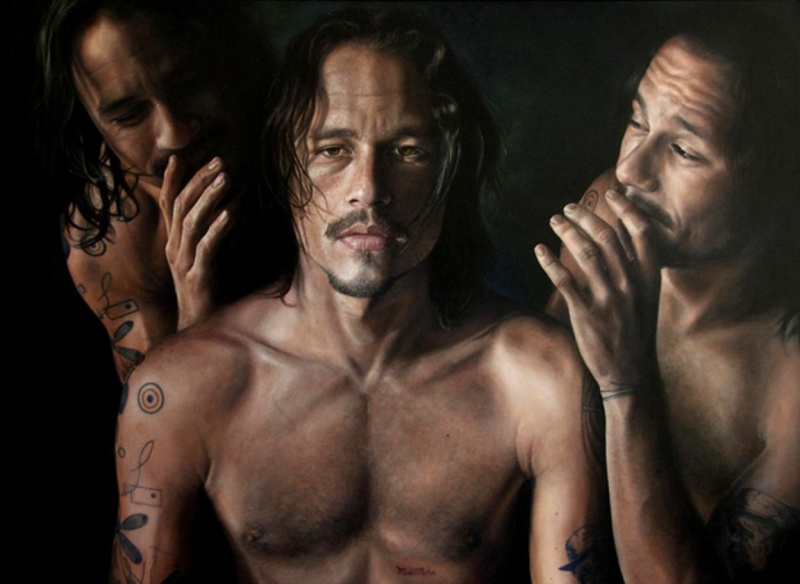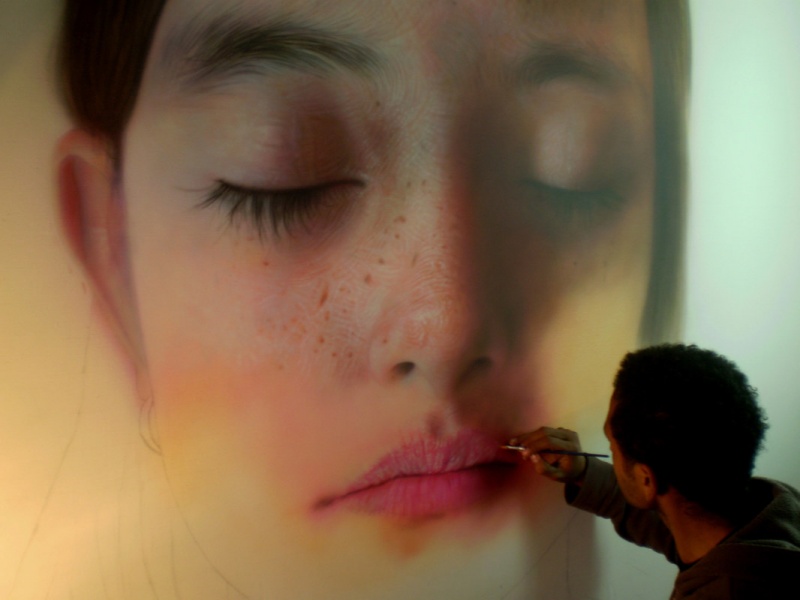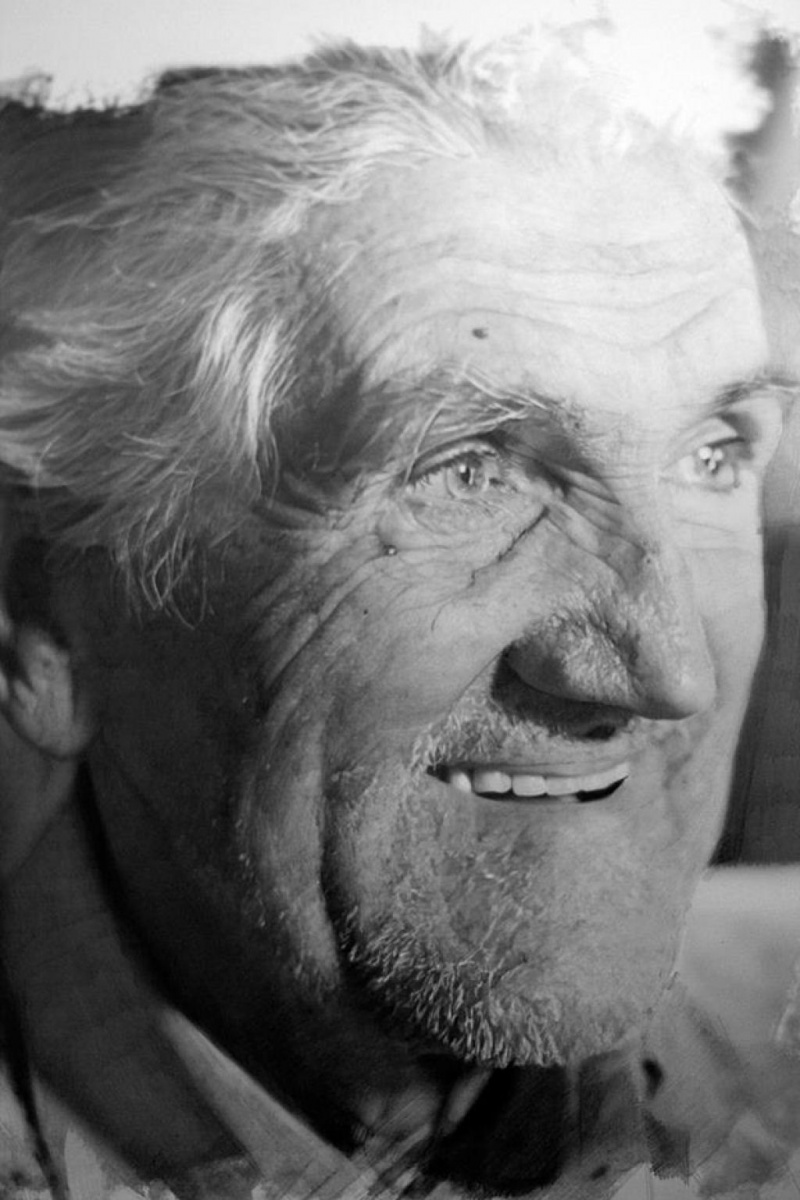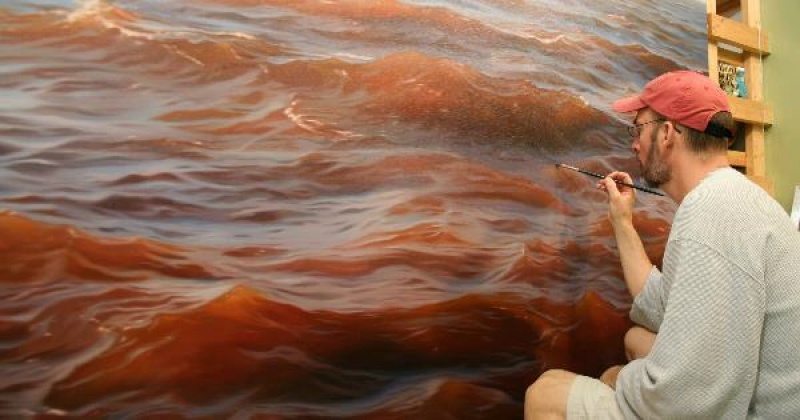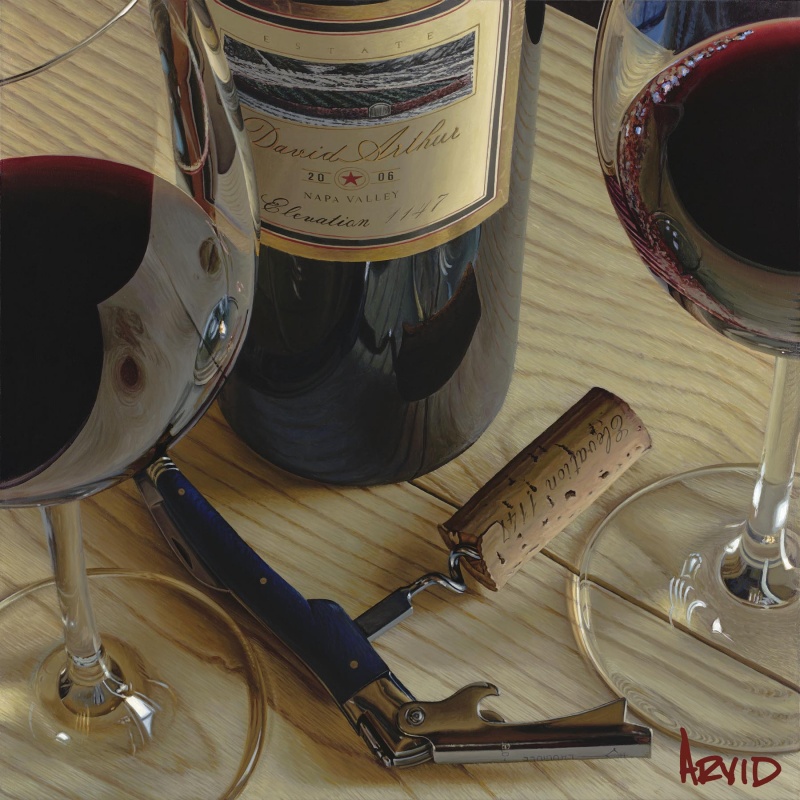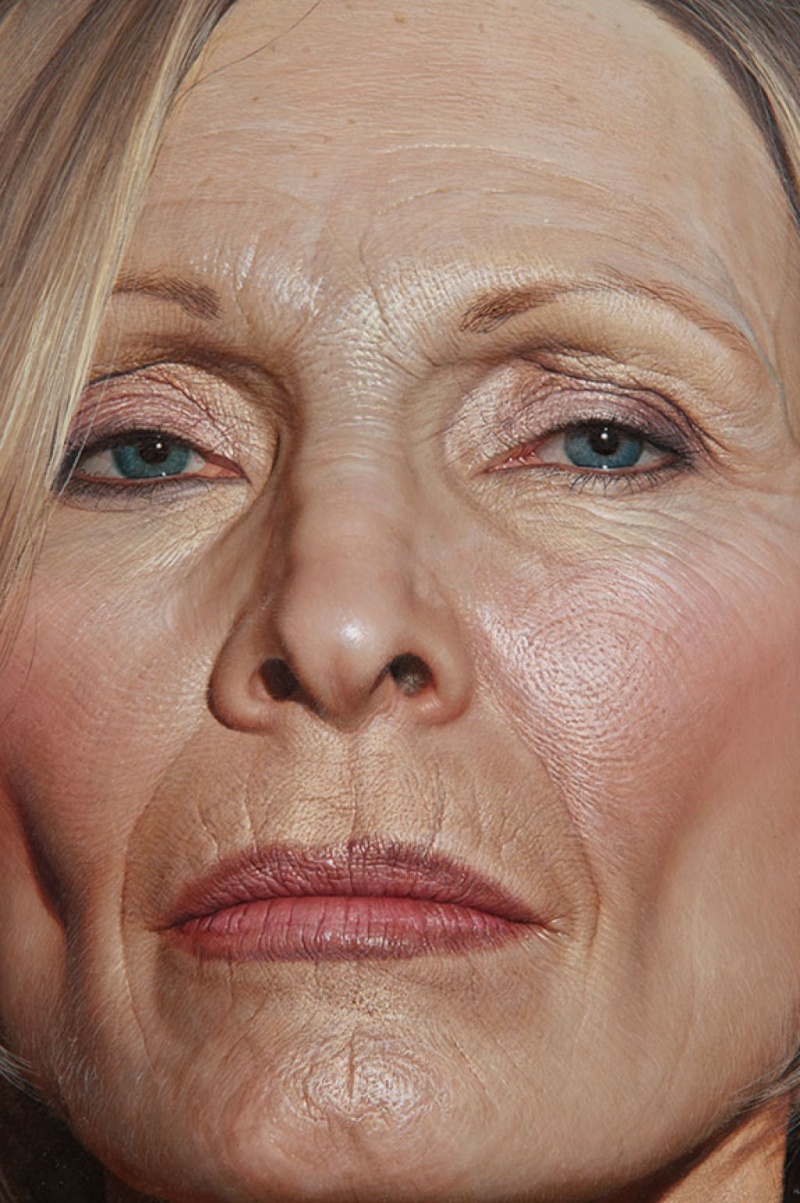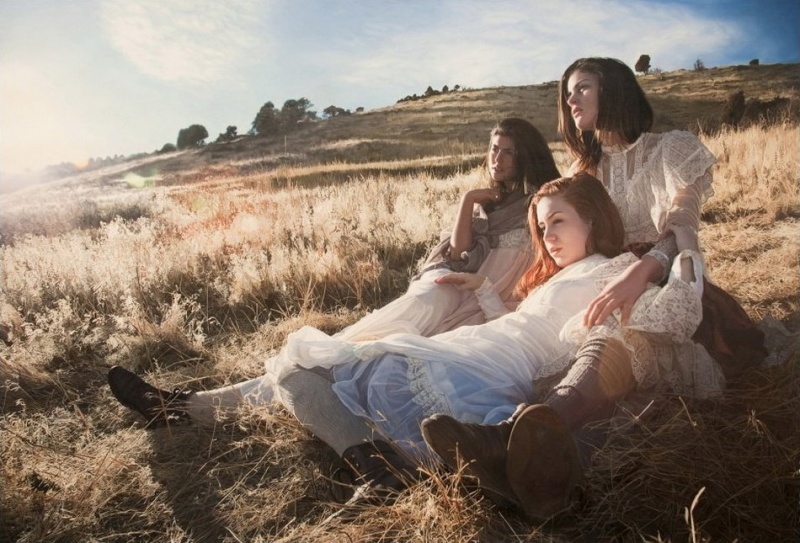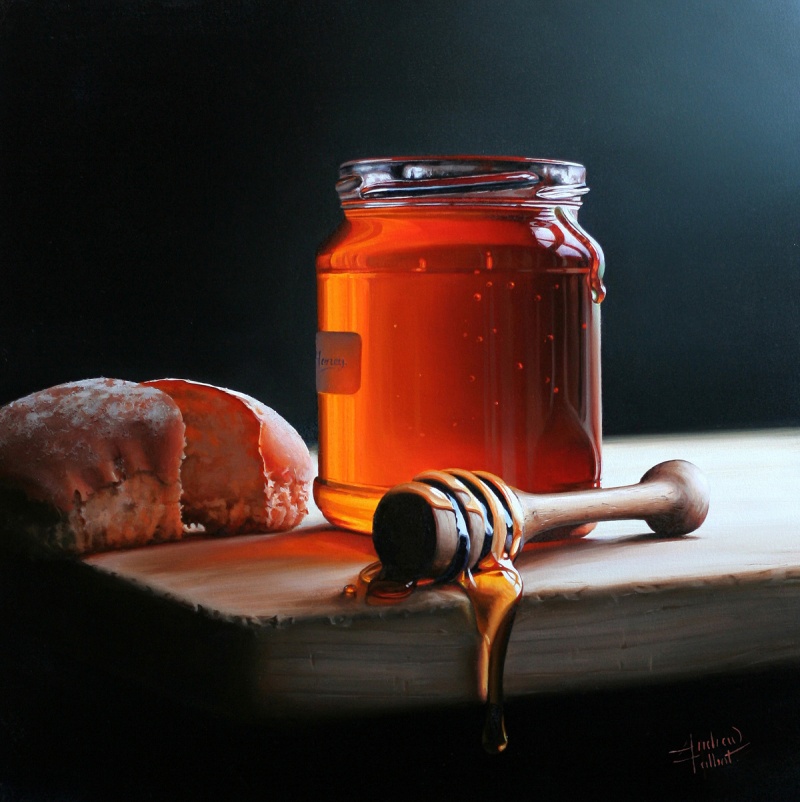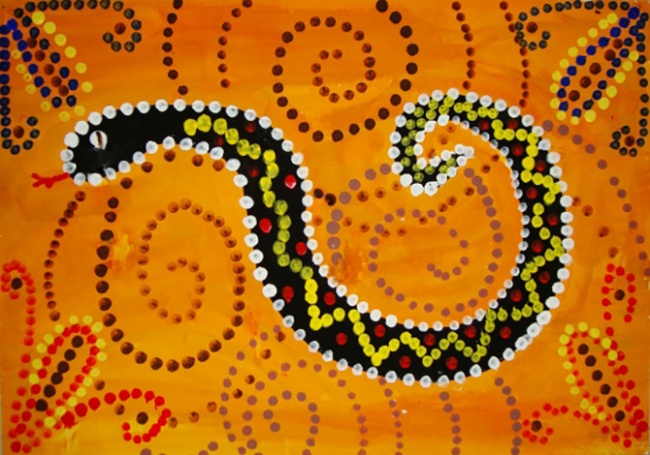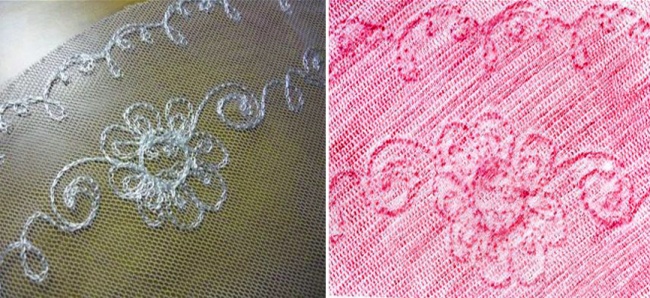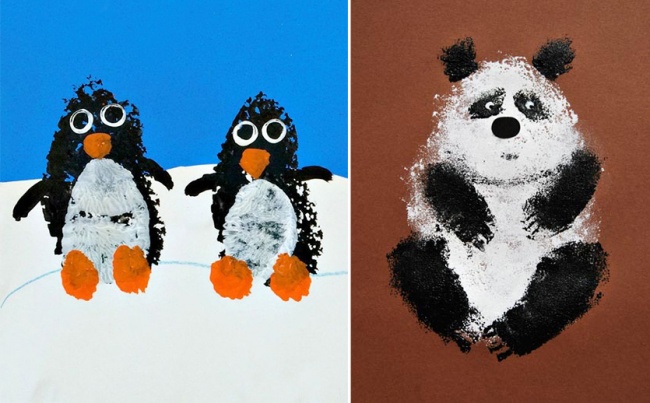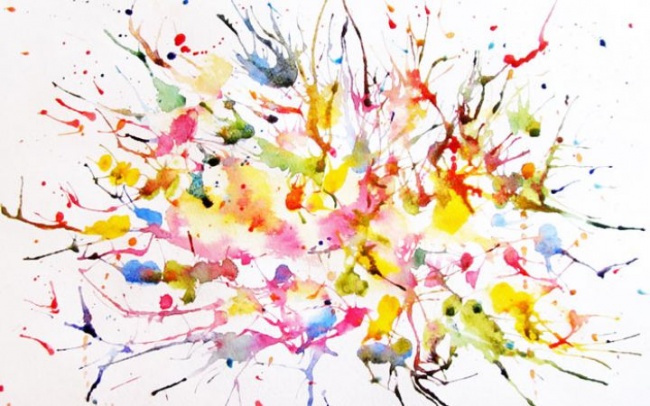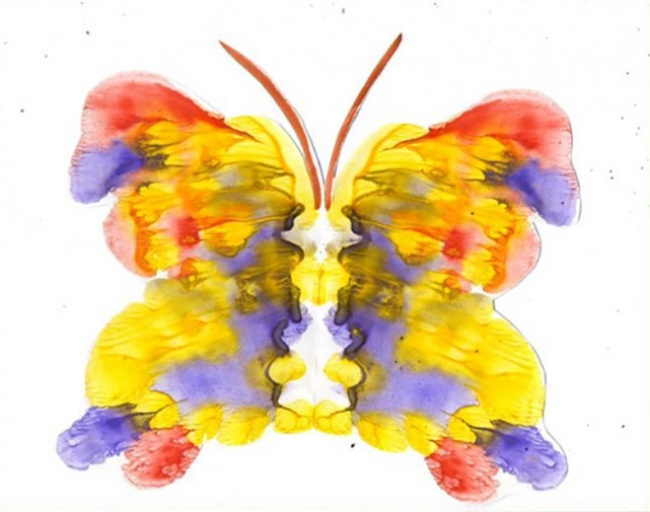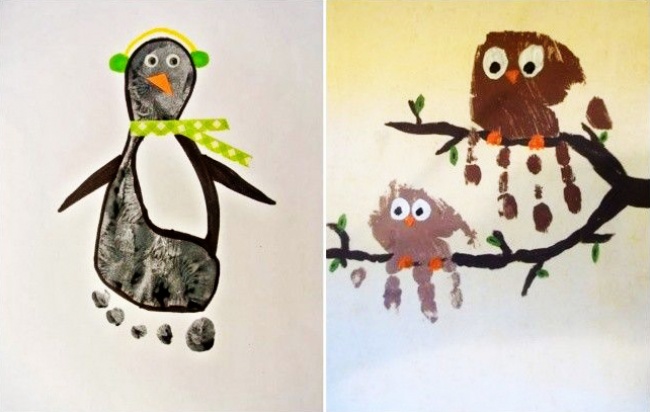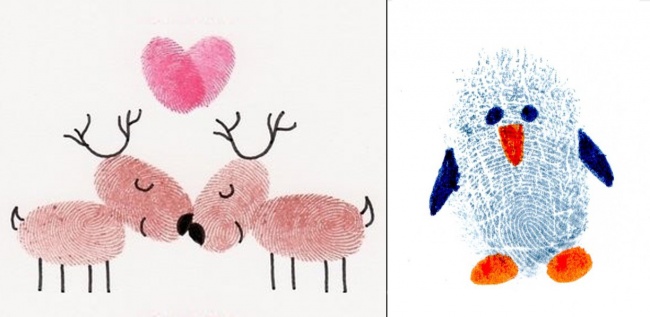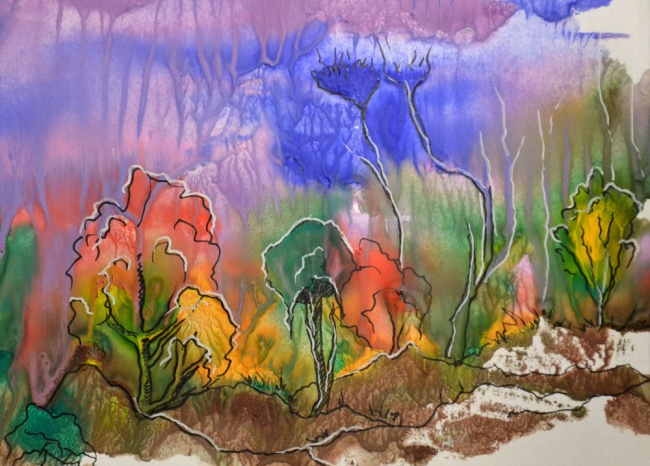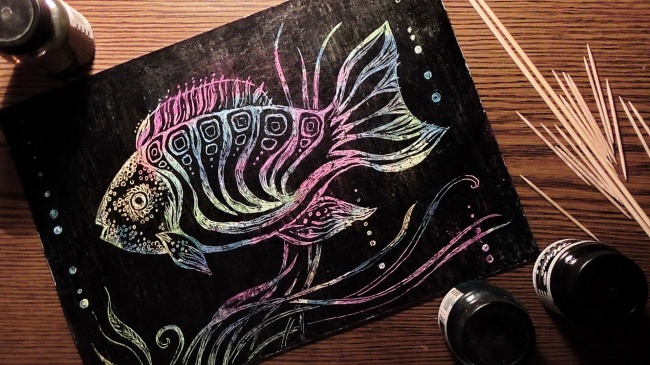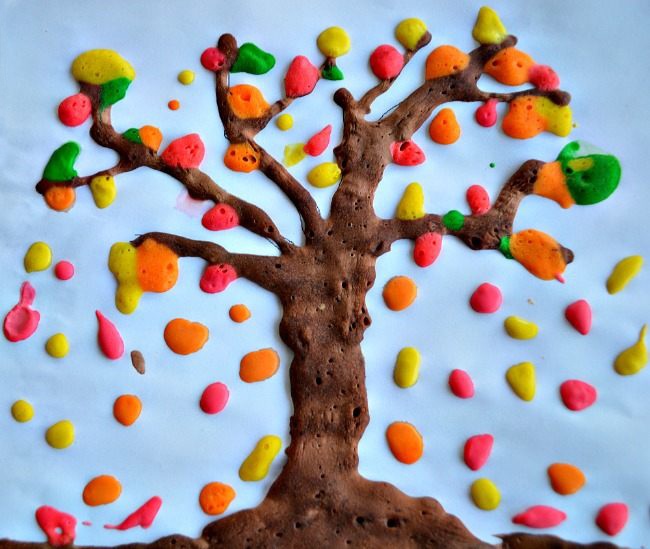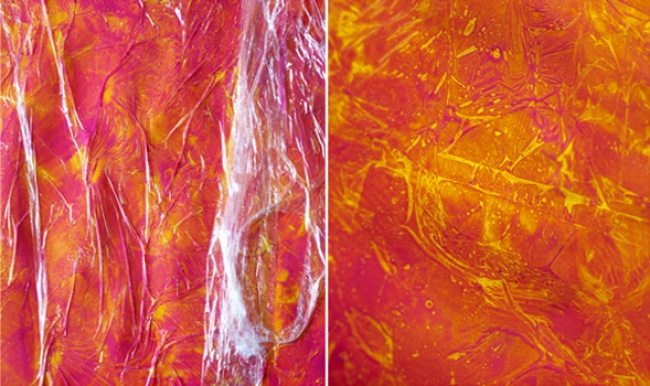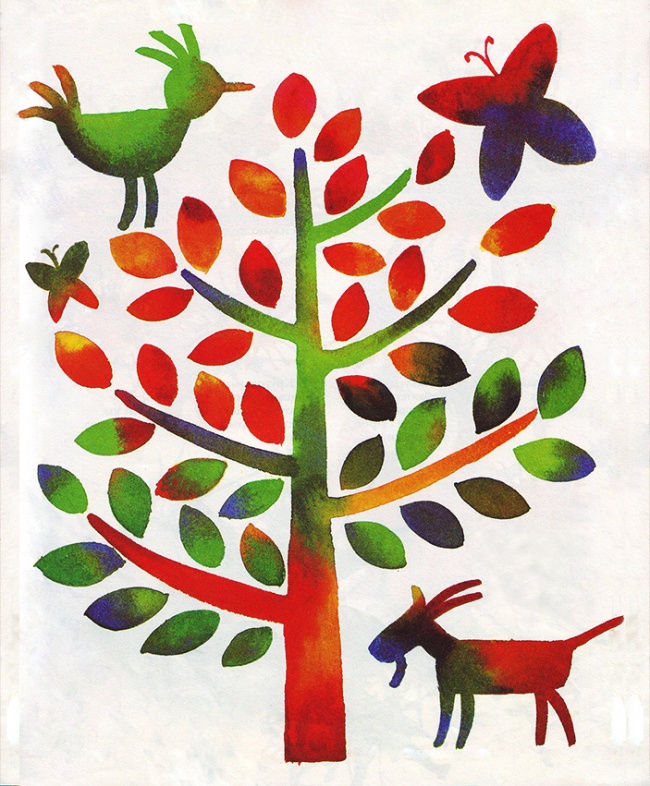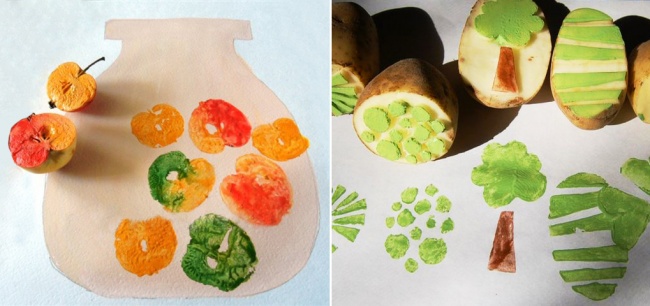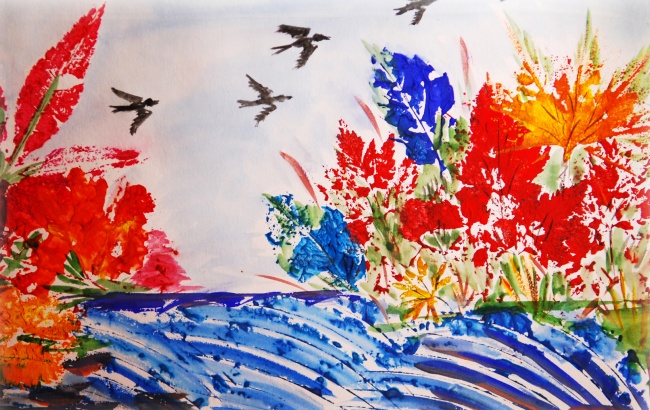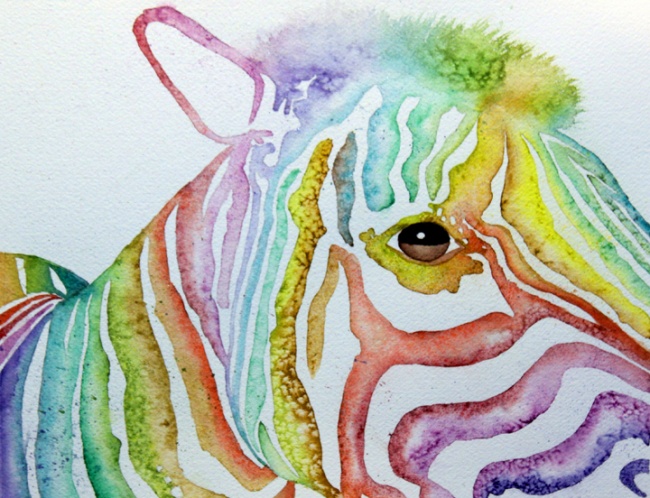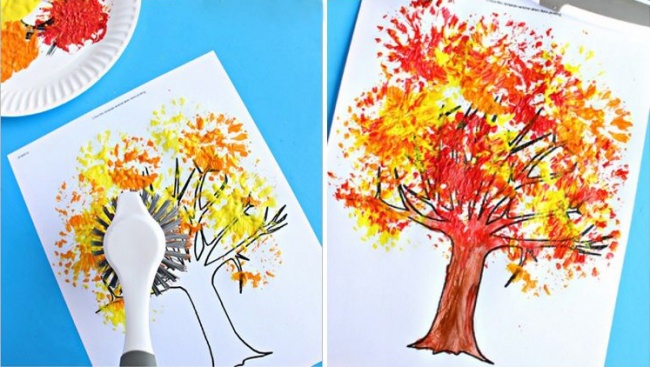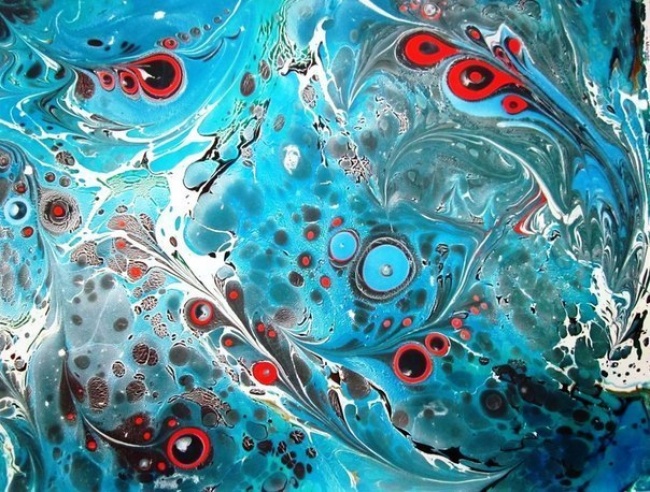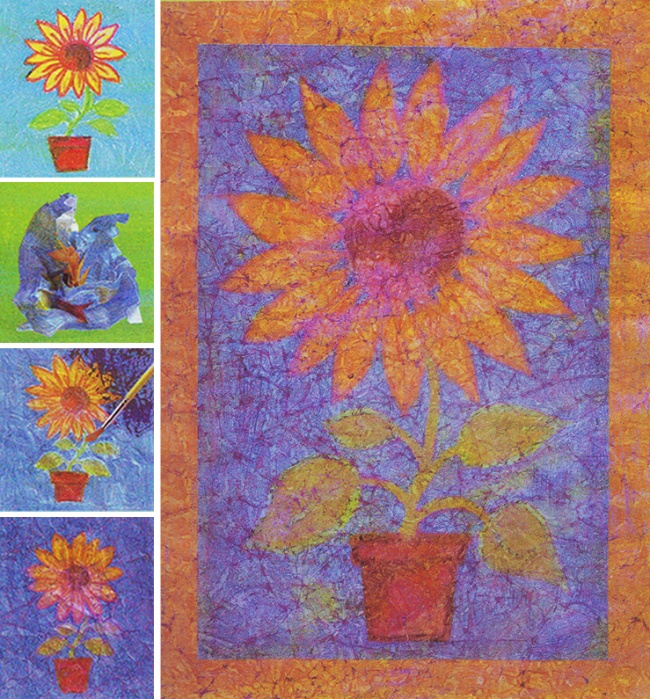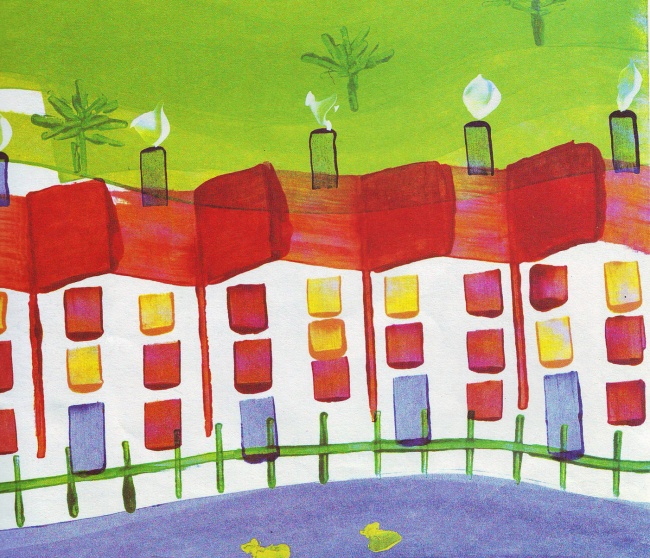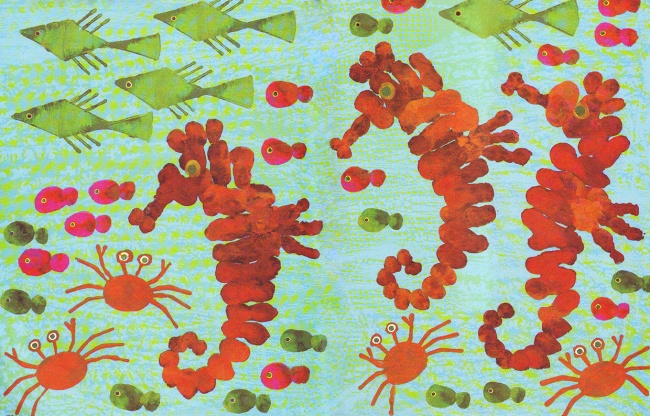Some artists possess abilities which break all the boundaries of what we thought was possible. Whether they use oil or acrylic paints, charcoal, ball point pens or just a plain pencil, they can produce still life images which are literally impossible to distinguish from photographs. With their persistence and talent, these artists can craete something that’s far more impressive than a simple photocopy — instead, they’re can be a real window into an alternative world, shaped by the vision of the artist.
Here are 15 such artists. Looking at their work, you just can’t believe your eyes!
Diego Fazio
Diego works like an ink-jet printer, starting his drawing from one side of the page and moving steadily across it. He works with a simple pencil and charcoal. It takes him around 200 hours to complete one composition.
Omar Ortiz
Omar’s ability to convey colour, light and shade is so incredible that it’s become his trademark. He has an inherent ability to reproduce perfectly every line and curve on the human body.
Gregory Thielker
Gregory Thielker creates his ’rainy’ images using watercolours and oil paints smeared with his fists. Looking at his paintings, you’re reminded of traveling in a car on a cold wet day.
Ruth Tyson
British artist Ruth Tyson doesn’t in fact have a formal artistic background. All the same, she possesses a truly unique talent for producing realistic paintings. She uses a mixture of graphite, aquarel pencils and occasionally paint.
Roberto Bernardi
It’s difficult to believe that the still life images of Roberto Bernardi weren’t in fact taken with a camera. Every one of them simply amazes with its clarity and attention to detail.
Robin Eley
This London-based artist creates large-scale, realistic paintings with oil. He often obscures a model’s lack of clothes with a translucent plastic cover, to elegant effect.
Gottfried Helnwein
Gottfried Helnwein predominantly uses water colours to create his works. There seems to be no end to his talents — he works as a painter, photographer, sculptor, and sketch-drawer.
Vincent Fantauzzo
The work of famous Australian artist Vincent Fantauzzo is known across the world. His portrait of Heath Ledger was made just a few weeks before the actor’s death.
Kamalky Laureano
Kamalky Laureano is a talented Dominican artist. He applies a technique of painting with acrylic paints on canvas. For Laureano, a painting is not simply a copy of a photograph, but a reflection of life itself.
Paul Cadden
The only method employed by Cadden is a graphite pencil. It seems that this is more than enough to convey the precision of every line, wrinkle and emotion on a real person’s face.
Matthew Cornell
There are no humans present in Cornell’s paintings, because he regards a world in which nature rules as an ideal one.
Thomas Arvid
Thomas Arvid has no formal artistic training. Honing his talents through his own training regime, he came across the subject which fascinates him above all — that of wine. That’s how his ’wine cellar’ series of paintings came about, depicting bottles, corks, bottle openers, glasses and the elegant drink itself in incredible, hyperrealistic detail.
Bryan Drury
American artist Bryan Drury completed a course at the American Academy of Arts in 2007, and since then has been active creating works in the realism genre of painting. A holder of numerous prestigious awards in the USA and Europe, Drury focuses on depicting human skin, and often finds a way to reveal those sides to the human character that people try to hide.
Yigal Ozeri
Yigal Ozeri has an unbelievable ability to convey the play of darkness and light, of the flare and glare of the sun, on his subjects, thereby masterfully creating the impression of a photograph in virtually all of his works.
Andrew Talbot
The well-known British artist Andrew Talbot has been a star of the art world since 2002. The outstanding realism and striking colours make his work some of the most well-known and recognisable in the business.
Bonus. Amazing Drawing Techniques
Spot Patterns
First draw a simple squiggle as an outline. Then a cotton swab and gouache or acrylic paint to make intricate spot patterns to your liking. Mix the paints on a palette beforehand and add some water.
Frottage
This technique is learned early on and loved by many children. Simply place a textured object under a sheet of paper and cover it with pastel paints, crayons or a blunt pencil.
Using a sponge
By dipping a sponge into thick gouache paint, your child can create landscapes, flower bouquets, lilac branches, and various animals.
Turning blobs of paint into a work of art
There are two variants of this technique. If you choose the first one, put some paint onto a sheet of paper and gently turn the paper from side to side with your hands to turn a formless blob into an image. The second variant is a bit different: your child needs to dip a brush into some paint, then makes a blob on the paper, and fold it to make an imprint on both sides. Then they need to unfold the paper and try to figure out what the image looks like.
Using your hands and feet
This technique is really quite simple: all your child has to do is dip their hand or foot into some paint and make an imprint on the paper. Then use the power of their (and your) imagination to add some details.
Patterns on Paint
For this one, cover sheets of paper with thick layers of different colored paint. Then use the opposite side of the brush to scratch various lines and flourishes out of the colored paper. When the patterns dry, cut them out and glue them onto thick paper.
Funny Fingerprints
The name speaks for itself. Cover your fingers with a thin layer of paint and make an imprint. Add some strokes with a marker, and that’s it!
Monotyping
Draw a pattern on a smooth surface (glass, for example). Then make an imprint by holding a sheet of paper over the painted glass. To make it blurry, soak the paper in advance. When the image dries, you can add any details you want.
Scratchboard
As the name suggests, this method involves ’scratching’ an image. A sheet of cardboard should be shaded with spots using multicolored oil pastels. Then use a palette to mix black gouache paint with soap and cover all the outline with this mixture. When the paint is completely dry, use a toothpick to scratch whatever image into it that you like.
Air Paints
To make this paint, mix a tablespoon of self-rising flour, several drops of food coloring, and a tablespoon of salt. Add some water and stir the mixture until it has the consistency of cream. Then place the paint onto some icing piper. For this technique you can use either paper or cardboard. When the image is ready, put it into a microwave oven for 10-30 seconds at full capacity.
’Marble’ Paper
Cover a sheet of paper with yellow acrylic paint. When it’s completely dry, add a layer of diluted pink paint and cover the image with plastic food wrap. Then purposefully wrinkle up the food wrap to make ’marble-like’ patterns. When the paper is dry, take off the wrap.
Drawing with Water
Draw a simple pattern with watercolor paints and then cover it with water. While the paper is still wet, add some colorful blobs of paint to create a beautiful and smooth ’blending’ effect.
Fruit and vegetable stamps
Cut some pieces of fruit or a vegetable into two halves. Then carve a pattern on each of them or leave it as it is. Dip the halves into paint and make imprints on paper. You can use a wide range of different fruit and veg: an apple, a potato, a carrot, celery.
Stamps made with leaves
This technique involves using the same principle as the previous one. Simply cover some leaves with paint and make imprints on paper.
Salt drawings
If you spread salt on a watercolor painting when it’s still drying, the salt will become saturated with the paint. When the image dries off, it will have acquired a wonderful granular effect.
Use a different type of brush
Try something new for a change! For example, drawing with a household brush.
Ebru (Drawing on water)
You’ll need a container with water. Its size should precisely coincide with the size of the sheet of paper you’re using. You can also use a baking tray. You will need oil paints, solvents and a brush. This technique requires making patterns on water with paints and then dipping a sheet of paper into the water.
The cracked wax effect
Use wax pencils to make an image on a sheet of thin paper. As you can see here, we decided to make a flower. All of the background should be crosshatched. First crumple up the paper and then smooth it out again. Then cover the whole piece of paper with dark paint. Rinse the drawing with water and let it dry. You can also try ironing it.
Cardboard stamps
Cut some cardboard into small strips, each 1.5×3 cm. Then dip one side of each piece of cardboard into some paint, hold it vertically over the paper and pull it across in a sideways direction. You will get wide lines that can form a basis for a really unusual image.
Fist stamps
To make this kind of image, your child should clench their fists. Then dip their fist into some paint and make imprints on the paper. Feel free to add any details you want. One great idea is to draw an underwater scene like the one above.



